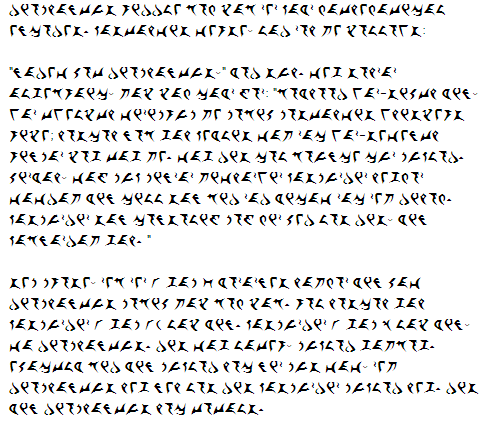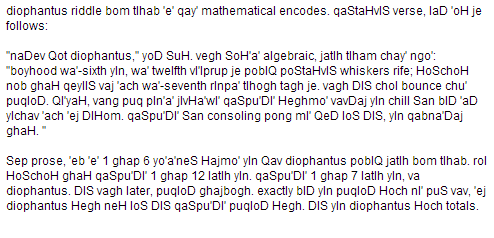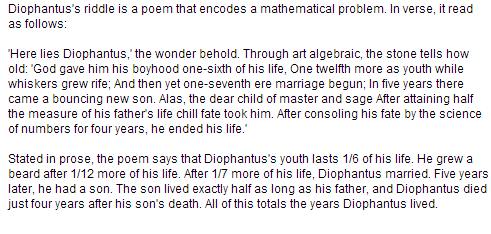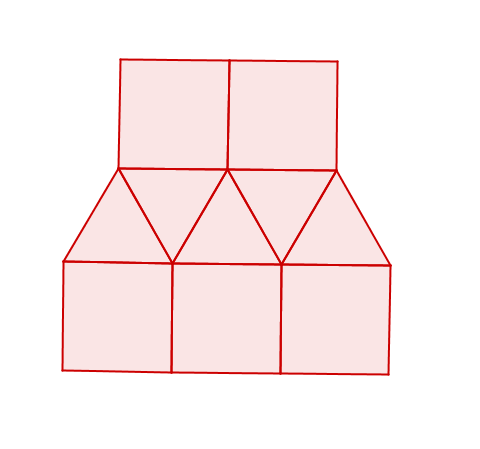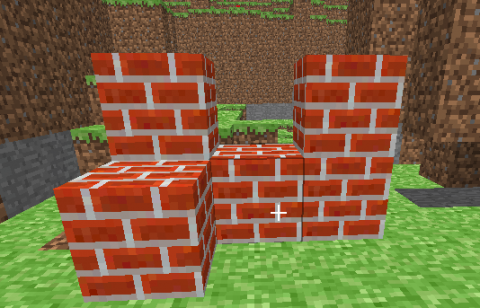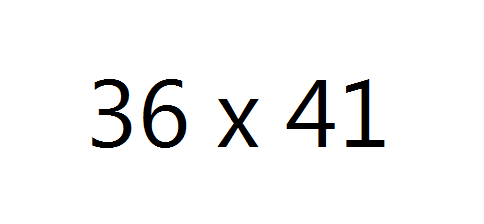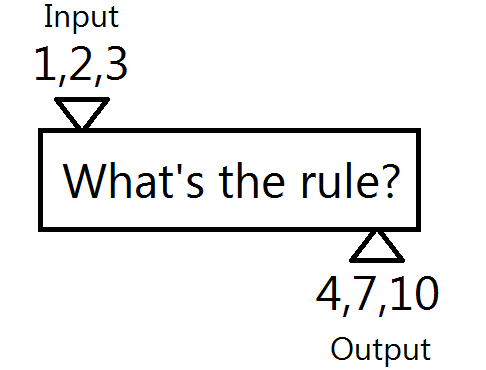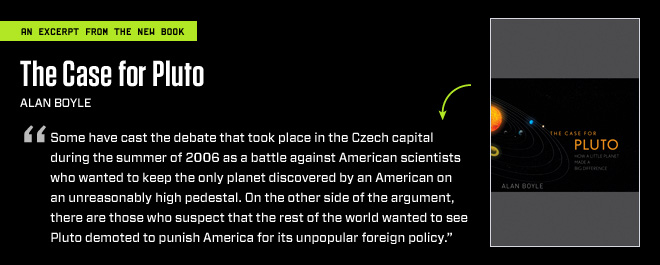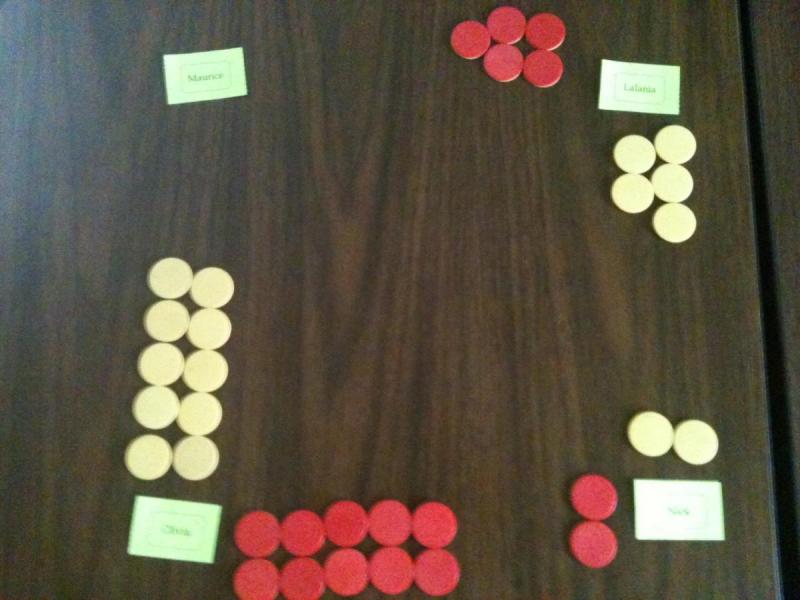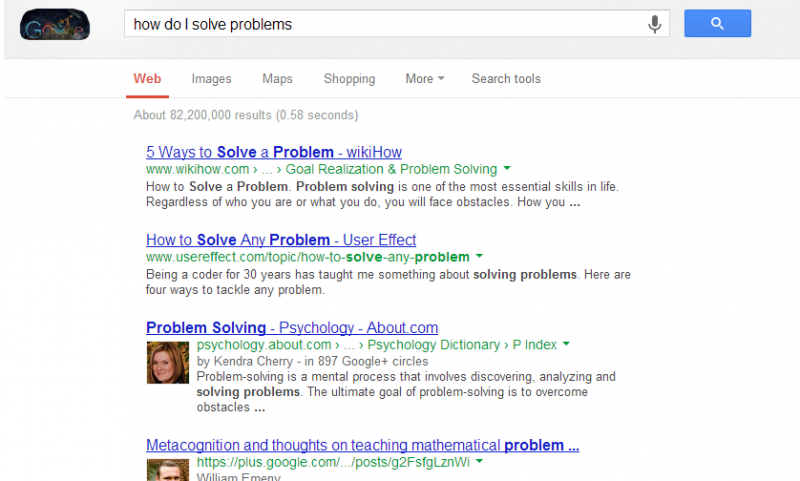Importance of questions
Questions, both those asked by teachers and those asked by students, are an essential part of education. Questions can act as goals for learning, and motivate student curiousity about what they are learning. All teachers can attest to the fact that students who feel motivated to learn will learn much more effectively and much more deeply than students who lack motivation.
Questions also frame ideas in ways that may offer a different perspective for teachers and students. Imagine yourself brushing your teeth. Now ask yourself the question: How could you explain brushing your teeth to someone who has never done it or seen it done before? Or you could ask yourself: What questions do you think an alien would have if they were to watch us brushing our teeth? Notice how these questions can take a mundane activity, and require us to examine the activity from a different perspective in order to try and come up with answers to the question.
If we consider questions to be an important part of education, then it is worthwhile examining what effective questions look like, and how they can be used inside a classroom environment.
Teacher questions
"[In multiple studies] researchers have found that in a single day teachers ask hundreds of questions of their students. In one study of third-grade reading groups, on average teachers asked a question every 43 seconds." On the other hand, students ask few questions. (Gambrell, Journal of Educational Research, volume 75, pp. 144-148)
Teachers ask many, many more questions than do students during the course of the school day, but the questions teachers ask are usually asking students to recall facts, rather than make connections or inferences. While it is not possible that every question a teacher asks will provoke higher order thinking, more questions that ask students to make connections and inferences will provoke student thinking. Asking questions that provoke thinking also allows teachers to model asking these types of questions so that students will get better at asking questions.
Dylan Wiliam (in his book Embedded Formative Assessment) suggests that questions teachers ask should either provoke student thinking, or help the teacher learn what the kids know, what they are able to do, and how they think. Teachers should find ways to give all of their students time and space to engage with the questions they ask, so that they are either provoking thinking in all of their students, or they are learning about what all of their students can do, rather than just a few of their students. Teachers should also be thoughtful in choosing what questions they ask, so that the questions are more likely to achieve their purpose.
Classrooms should also have big, broad questions that are asked, so that students can connect ideas from one class period to the next, and look for structure in what they are learning. These big, broad questions can be called Essential Questions, and Jay McTighe’s and Grant Wiggins’ book of the same name offers many resources for implementing and using them.
Teachers should also ask themselves questions, such as: What questions can I ask to provoke student thinking? Which instructional activity is best for learning this idea? What are my students learning? Why am I teaching this? What is the goal of education?
Student questions
According to Peter Liljedahl, students ask basically three types of questions:
- Stop thinking
- Proximity
- Start thinking
A "stop thinking" question is a question a student uses to end her or his thinking. Examples of "stop thinking" questions are "Is this the right answer?" or "How do I do this next step?"
A "proximity" question is a question students asks because you are near them. If you walk around a classroom and check in with students, you should notice that they ask you questions when you visit their space of the room. Some of these questions will be questions they have been waiting to ask you, but others of these questions will be ones that would never have been asked if you had not been in the student’s proximity.
A "start thinking" question is any question a student asks which is either a reflection of thinking they have done, or a question that they ask to expand upon their thinking.
Peter’s advice is to stop answering the first two types of questions, at least in ways which do not provoke student thinking. As for the third type of question, however you answer it should at most help the student explore the answer of the question themselves. One way that I have taken to addressing these types of questions is to use some of the questions George Pólya outlines as part of the problem solving process so that instead of just leaving students to find answers for themself, I at least give them some tools they can use to answer their own questions.
One way of highlighting "start thinking" questions is to keep a record of them, possibly publicly in your classroom. Imagine you had an area of one of the walls of your classroom where the deeper questions students asked during the year were displayed, some of which could be categorized as still open, and others which could be categorized as explored.
It is my experience that although by middle and high school students are not very good at asking questions, they improve in their ability to ask questions by having question posing modelled for them, and by being given space and time in which to ask their questions.
Resources

